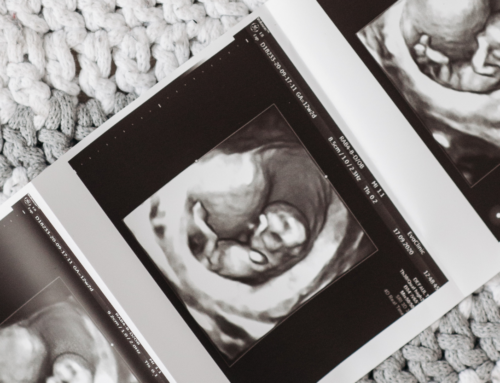Histamine is a normal and necessary amine that is involved in many chemical reactions within our bodies. Inflammation, mucous secretions, cytokine (signalling proteins) production, gastric acid production, smooth muscle contractions, vasodilation of capillaries, neurotransmitters, and circadian rhythm are all results of this chemical reaction. High histamine occurs when there is an increase in consumption of histamine containing foods and/or reduced detoxification.
Symptoms of a histamine intolerance are quite similar to those of food reactions and it manifests similarly to an I-gE mediated hypersensitivity reaction.
These symptoms include:
- bloating
- nausea
- cramping
- changes in stool consistency
- arrhythmias
- hypotension
- headaches
- palpitations
- sleep disturbances
- asthma
- skin rashes
- inflammation
- eczema
- rhinitis and even painful periods.
Histamine is found in fermented and aged food and beverages as a by-product of yeast and bacteria formation. Foods such as kombucha, sauerkraut, fish, cheese, fermented meats (salami), spinach, eggplant, tomato paste, soy foods, and alcohol. Reheating leftovers can also increase the histamine content. There are some foods that are considered histamine-releasing foods as they cause histamine to be released from our cells. These include citrus foods, papaya, strawberries, pineapple, nuts, peanuts, tomatoes, spinach, chocolate, fish, crustaceans, pork, egg whites, and some food additives.
Diamine oxidase (DAO) is the enzyme responsible for the breakdown of histamine. It is widely expressed in the gastrointestinal system to actively break down dietary histamines. In most people with histamine intolerance, low levels of DAO have been found. Genetic polymorphisms have been identified and linked to hereditary low DAO levels. Other causes for low DAO include damage to gastrointestinal mucosal, intestinal inflammation, alcohol use, and certain medications (antidepressants, NSAIDs, and antibiotics). Impaired DAO function has also been linked to conditions that destroy the intestinal lining such as gluten sensitivity, IBS and inflammatory bowel disease.
Diagnosis is generally made by measuring blood histamine levels, or through functional testing of DAO and histamine. Some people find that definitive diagnosis is not needed and an assumption of histamine intolerance can be made if someone’s symptoms are relieved by an antihistamine tablet and low histamine diet. Immunoglobulin E (IgE) should be tested to rule out food and environmental allergies particularly if you decide to forgo functional histamine testing.
Treatment plans involve avoiding foods that inhibit DAO activity and high histamine foods as much as possible. Supplements such as turmeric, aloe vera, slippery elm, glutamine and zinc have all been shown to reduce intestinal inflammation, and can help downregulate inflammation and support digestive health.
An example of a Low histamine diet is:
Breakfast: Eggs with spring onions, garden cress and fennel salad.
Lunch: Quinoa with poached chicken breast, carrot and red cabbage salad.
Dinner: Grilled rainbow trout with asparagus, carrots, cauliflower, and celery.
If you are experiencing these symptoms or having trouble with a Histamine Intolerance, our Naturopaths Katherine Dejonge and Louise Rubic can help.






Leave A Comment